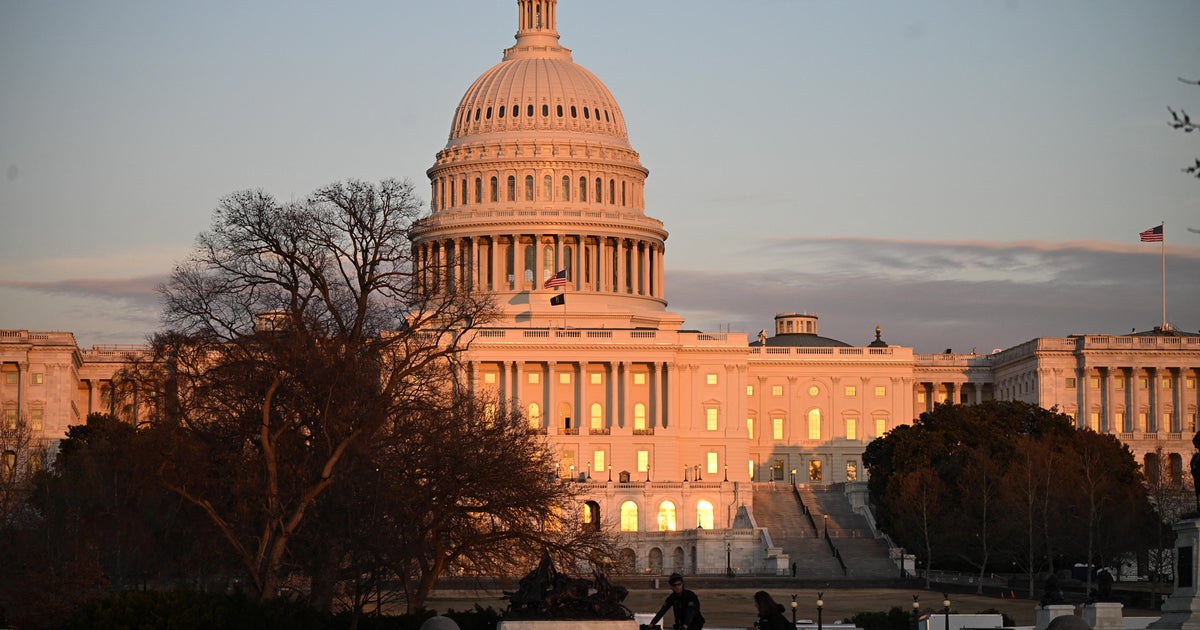New high-resolution images of the sun show how terrifying its structure looks up close
The largest solar telescope in Europe has released unprecedented close-up images of the sun — and they are a little bit terrifying. GREGOR, a telescope operated by a team of German scientists at the Teide Observatory in Spain, has obtained new high-resolution images of the intricate structure of the sun — the best ever captured by a European telescope, scientists said.
Researchers attributed the never-before-seen detail of the images to a major redesign of the telescope by scientists and engineers at the Leibniz Institute for Solar Physics (KIS). The new optics allow scientists to study magnetic fields, convection, turbulence, solar eruptions and sunspots in greater detail than ever before.
Scientists said that, using GREGOR, they can study details as small as 30 miles across on the sun's surface — a tiny fraction of its 865,000-mile diameter. "This is as if one saw a needle on a soccer field perfectly sharp from a distance of one kilometer," researchers said.
The sun is prone to a number of phenomena, from sunspots to solar storms and flares — many of which are driven by its intense magnetic field. Not much is understood about the magnetic field itself, so up-close images of the sun's surface are crucial to revealing its intricacies.
The photos show "astonishing" details of sunspot evolution and complex structures in solar plasma, researchers said. Sunspots are temporarily darker areas due to reduced surface temperature, caused by magnetic field flux.
"This was a very exciting, but also extremely challenging project. In only one year we completely redesigned the optics, mechanics, and electronics to achieve the best possible image quality," Dr. Lucia Kleint, who led the project, said in a news release.
The team's research was initially halted due to coronavirus lockdowns, but researchers said they were eager to get back to the lab when Spain reopened in July.
By learning about the sun's magnetic activity, scientists will be able to better advise on how to protect technology, such as satellites, and our planet from solar activity.
"The project was rather risky because such telescope upgrades usually take years, but the great team work and meticulous planning have led to this success," said Dr. Svetlana Berdyugina, director of KIS. "Now we have a powerful instrument to solve puzzles on the Sun."







